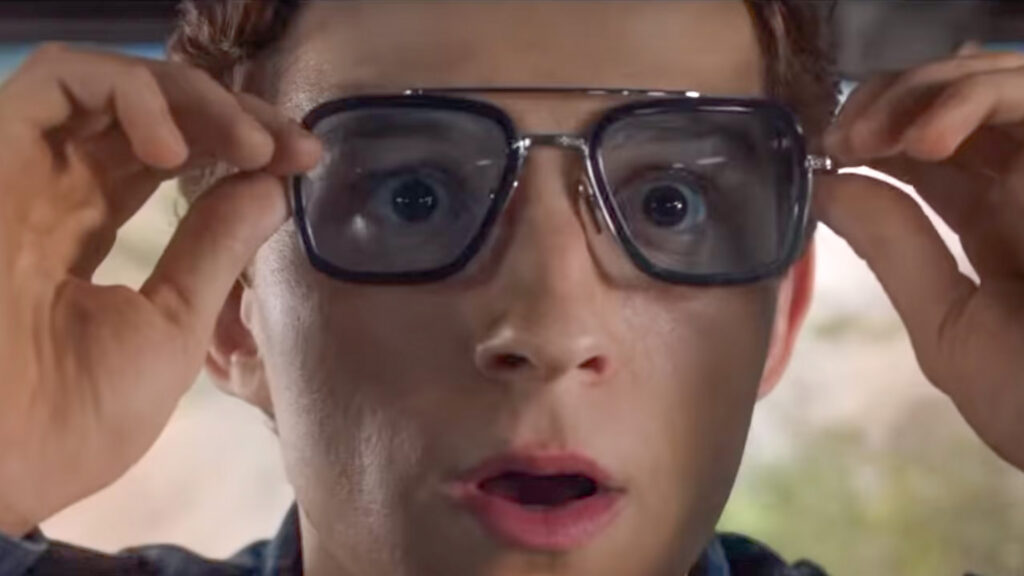When I see smart glasses in films, the novel utility that so conveniently moves the plot along gets me excited for the potential future it would unlock. Films like the Bond series, Mission: Impossible, Kingsman, and Spider-Man: Far from Home show characters effortlessly donning stylish eyewear that can identify faces in crowds, project holographic meetings, or even control drones – all while looking impossibly chic (sometimes). But how much of this is Hollywood imagination versus actual technology?
Surprisingly, many of these fictional capabilities already exist in some form. Right now, you can take calls on Bose Frames, control your smart home via Amazon Echo Frames, or even use facial recognition with Vuzix Blade glasses. The Epson Moverio can already control drones, displaying flight data right in your field of view. These aren’t just drawing-board concepts – they’re purchasable products. The building blocks for our AR future are already here, just not quite as sleek or seamless as what we see on screen.
Where movies absolutely nail it is understanding the importance of discretion. No self-respecting spy would wear the clunky first-gen Google Glass, and neither would consumers – which is why they became “glassholes” instead of trendsetters. Tech companies seem to be learning this lesson with products like Meta’s Ray-Ban Stories, which maintain a relatively normal appearance. The gap between movies and reality isn’t necessarily the tech itself, but rather the seamless integration into stylish, unobtrusive form factors that real people would actually want to wear.
There’s a subtle irony here, too. While we love watching James Bond use smart glasses to save the world, we’re rightly concerned when imagining the same technology in our neighbor’s hands. Films bypass the messy privacy implications, battery limitations, and connectivity issues that plague real-world smart glasses. Perhaps that’s why they remain primarily in spy films – they’re gadgets we only trust in the hands of heroes. For now, truly capable smart glasses that don’t look ridiculous or raise serious privacy concerns remain more fiction than fact – but perhaps not for much longer.
